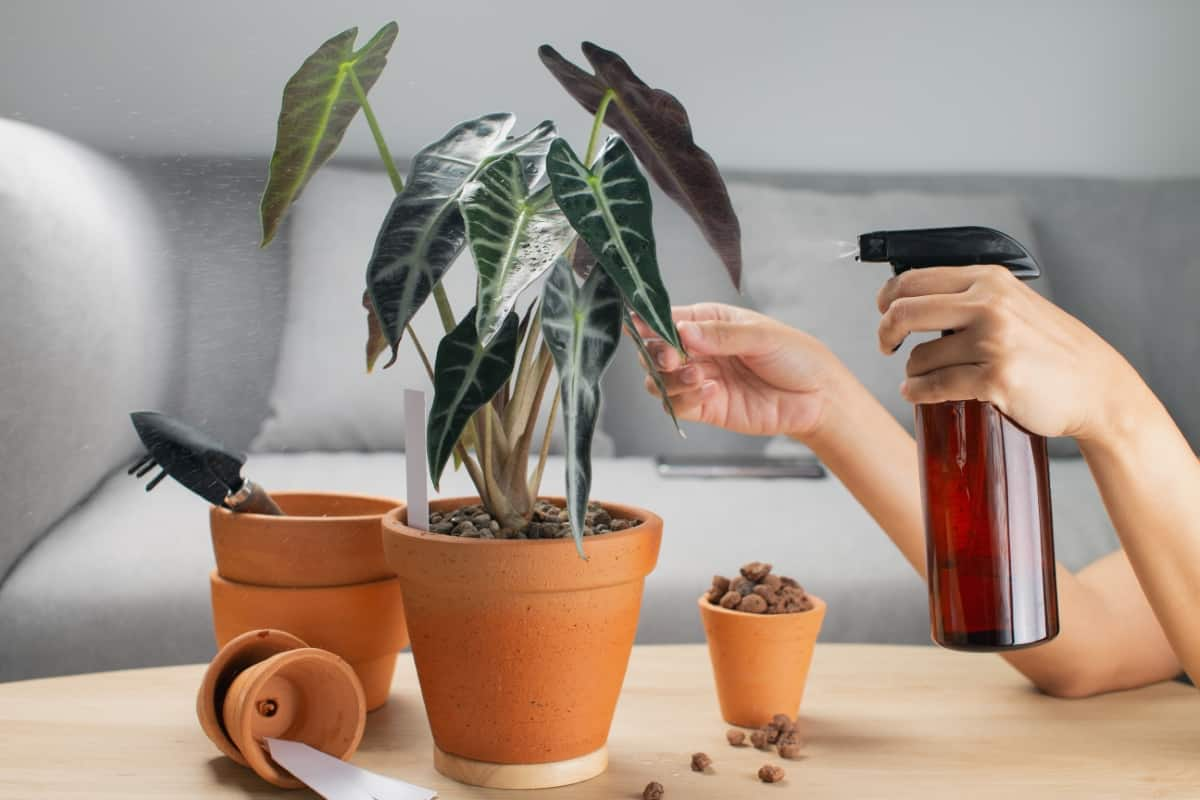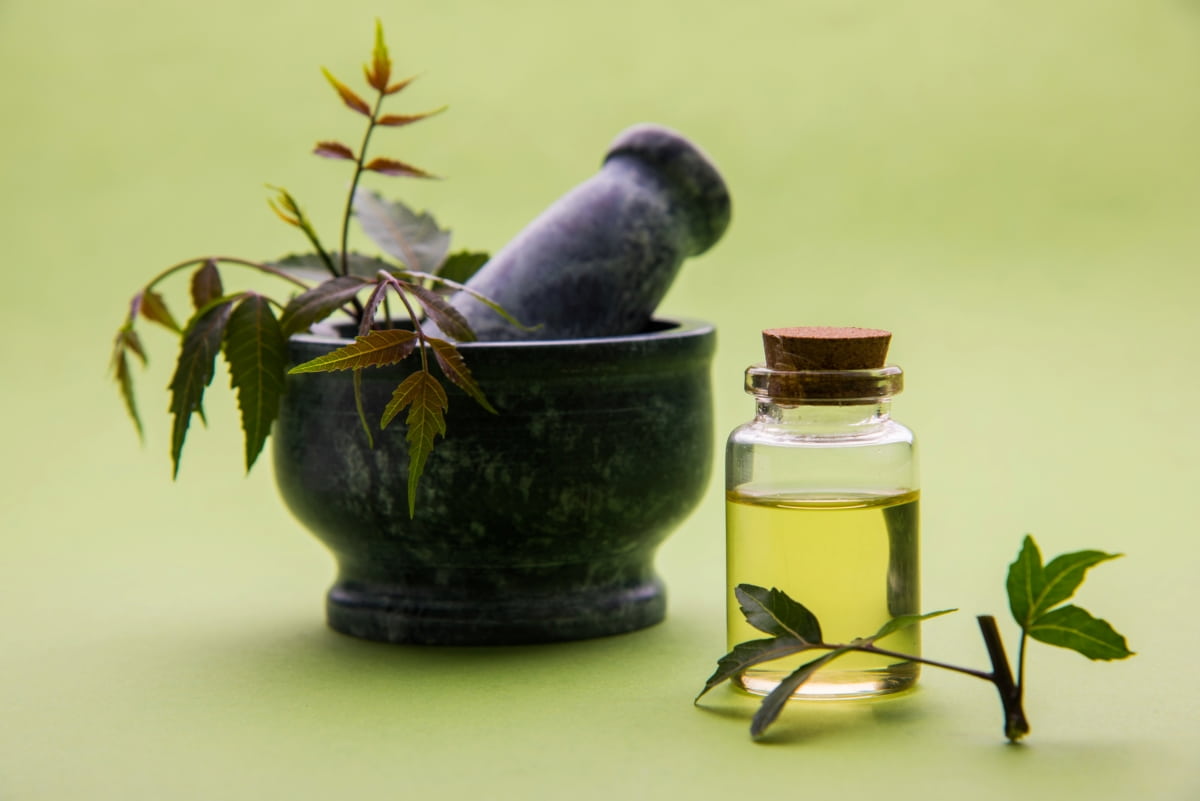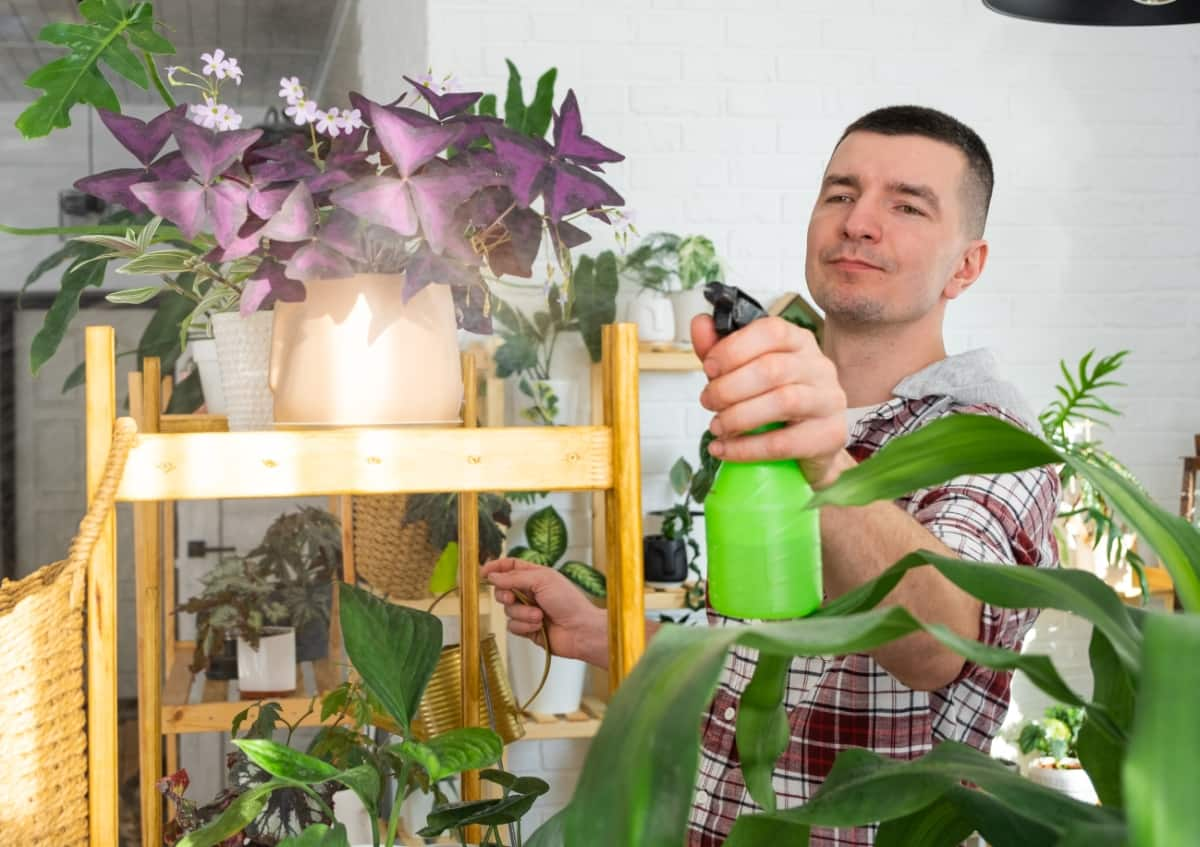Neem oil is a natural remedy for keeping pesky bugs away from your beloved houseplants. It helps control insect infestations and also acts as a preventive measure against future attacks. Whether you have flowering plants, herbs, or vegetables indoors, neem oil can be used on all types of houseplants.

How to Use Neem Oil on Houseplants
Neem Oil and its Benefits for Houseplants
Neem oil is an effective solution for dealing with plant pests and diseases that can harm your beloved houseplants. The key advantage of using neem oil is its ability to control pests effectively while being safe for plants, humans, and pets. When applied to houseplants, neem oil acts as a deterrent against insects such as aphids, mealybugs, spider mites, and whiteflies.
By regularly using neem oil as part of your plant care routine, you can maintain healthy and vibrant greenery throughout your home. Another benefit of using neem oil is its ability to boost overall plant health by promoting growth and strengthening the immune system.
How to Prepare Neem Oil to Use on Houseplants
Preparing neem oil for use on houseplants is a simple process that can help you effectively get rid of bugs naturally. To start, gather the necessary ingredients: pure neem oil and mild liquid soap. In a small container, mix neem oil with liquid soap equally. The soap acts as an emulsifier, helping to distribute the oil evenly when mixed with water.
Stir the mixture well until it becomes milky in consistency. Add two tablespoons of the neem oil and soap mixture with hot water and then fill in a spray bottle. Shake the bottle vigorously to ensure all ingredients are thoroughly combined.
How to Apply Neem Oil on Houseplants
Applying neem oil to your houseplants is a simple and effective way to get rid of pests naturally. Make sure to prepare the neem oil mixture correctly. Dilute the neem oil with water according to the instructions on the product label. This will ensure that you have the right concentration for your plants.
Next, transfer the diluted neem oil into a spray bottle. Shake it well to mix everything properly. Before applying the neem oil, check your plants for any signs of pests or diseases. Be sure to cover both sides of the plant leaves as well as any stems or branches where pests may be hiding. After applying the neem oil, allow it some time to dry on your plants. Consistency is key when using natural control remedies like neem oil.
Mixing and Dilution for the Right Concentration of Neem Oil for Houseplants
To prepare a neem oil spray, start by filling a spray bottle with warm water. Add liquid dish soap as an emulsifier, which helps distribute the oil evenly. It’s important not to exceed the recommended concentration, as using too much neem oil can harm plants or cause leaf burn. On average, a dilution ratio of 1-2 tablespoons per gallon of water is suitable for most houseplants.
In case you missed it: How to Use Neem Oil on Grass: Best Way to Get Rid of Bugs Naturally from Grass

Can Neem Oil Be Used on All House Plant Varieties?
While it is generally safe to use neem oil on most house plant varieties, there are a few exceptions to keep in mind. Some houseplants may be sensitive to neem oil, especially those with delicate foliage or plants that are prone to leaf burn. It’s always best to test the neem oil solution on a small, inconspicuous area of the plant before applying it more broadly.
Certain plants like succulents and cacti have waxy coatings or hairy leaves that can make it difficult for neem oil to penetrate and be effective against pests. In these cases, alternative pest control methods may be more suitable. On the other hand, many common houseplant varieties, such as pothos, spider plants, and philodendrons, respond well to neem oil treatment.
How Long Does Neem Oil Stay Effective on Houseplants?
It’s important to note that neem oil is not a quick-fix solution. It works by disrupting the pest life cycle and inhibiting their ability to reproduce. This means that it may take some time before you see noticeable results. If you’re dealing with a heavy pest problem, you may need to reapply the neem oil more frequently. To ensure optimal effectiveness, it’s recommended to apply neem oil every 7-14 days or as needed. Regular monitoring of your plants will help determine when another application is necessary.
Using Neem Oil in Mixture with Other Pest Control Methods
The popular combination is using neem oil alongside insecticidal soap. While neem oil targets pests like aphids, spider mites, and whiteflies, insecticidal soap works wonders on soft-bodied insects such as mealybugs and scale insects. Another effective combo is employing sticky traps along with neem oil treatments. Sticky traps are excellent for catching flying insects like fungus gnats and fruit flies.
By placing them strategically around your plants and applying regular sprays of diluted neem oil, you’re tackling the problem from different angles. Additionally, incorporating beneficial insects into your pest control strategy can greatly amplify the effects of neem oil. Therefore, it’s important to research which combinations work best for your particular houseplant varieties.
Some Common Pests and Diseases that Neem Oil Can Control on Houseplants
Fungus gnats: These small flying insects can be a nuisance in indoor gardens. Neem oil works by disrupting their life cycle, preventing them from laying eggs in your plant’s soil.
Spider mites: These tiny arachnids thrive in warm, dry conditions and can quickly infest houseplants. Neem oil suffocates spider mites by coating their bodies and interfering with their feeding habits.
Mealybugs: These white, cotton-like pests love to feast on plant sap, causing damage along the way. Neem oil acts as an insect regulator, inhibiting mealybug reproduction and eventually eliminating the population.
Powdery mildew: This fungal disease forms a powdery white coating on the plant leaves, stems, and flowers of plants. Neem oil has antifungal properties that help suppress powdery mildew growth when applied regularly. Remember that prevention is important when it comes to pest control.
How to Monitor the Effectiveness of Neem Oil on Houseplants
Monitoring the effectiveness of neem oil on your houseplants is crucial to ensure that you are using it correctly and getting the desired results. The first step in monitoring is to observe your plants closely after applying neem oil. Look for any signs of pests or diseases, such as wilting leaves or discolored spots.
In case you missed it: How to Use Neem Oil to Control Leafhoppers on Ornamental Shrubs: Preparation and Application

Regularly inspect both the upper and lower surfaces of the plant leaves, as well as stems and flowers, for any new infestations or damage. Another way to monitor effectiveness is by assessing plant growth and overall health. Healthy plants should show signs of improvement after treatment with neem oil, such as increased vigor, greener foliage, and improved flowering.
Safety Precautions to Take when Using Neem Oil on Houseplants
- Read the instructions: Before using any product, always read and follow the manufacturer’s instructions carefully. This will help you know the correct dosage, application method, and any specific precautions or warnings.
- Wear protective gear: Neem oil may cause skin irritation or allergic reactions in some individuals. To protect yourself, wear gloves, long sleeves, pants, and closed-toe shoes when handling neem oil.
- Avoid contact with eyes and mouth: Keep neem oil away from your eyes and mouth as it can irritate if accidentally ingested or splashed into these areas.
- Test before full application: Before applying neem oil on all your houseplants, test it on a small area first to check for any adverse effects such as leaf burn or discoloration.
- Follow the recommended frequency: Apply neem oil according to the recommended frequency mentioned by the manufacturer or gardening experts. Overuse can lead to plant damage or other complications.
Commonly Asked Questions (FAQ) on Using Neem Oil on Houseplants
When Should I Apply Neem Oil?
It’s best to apply neem oil early in the morning or late afternoon when temperatures are cooler. Avoid spraying during peak sunlight hours, as this can cause leaf burn due to increased sensitivity.
Should I Apply Neem Oil in Direct Sunlight or Shade?
It’s best to avoid applying neem oil when temperatures are high or in direct sunlight, as this can cause damage to your plant’s leaves due to increased transpiration.
Can I Use Neem Oil Indoors?
Absolutely. Neem oil is safe for indoor use as long as you follow the instructions carefully provided by the manufacturer and take necessary precautions, such as proper ventilation.
In case you missed it: Using Neem Oil in Rose Gardening: Natural and Organic Solution for Rose Pest Management

Conclusion
Neem oil is a natural solution that offers numerous benefits for houseplants. It has been used for centuries in traditional medicine and agriculture due to its powerful properties. Using neem oil regularly promotes overall plant health by boosting their immune system and preventing nutrient deficiencies caused by pest damage. This means greener leaves and vibrant blooms.
- Deworming Schedule for Dogs/Puppies: A Beginners Guide
- How to Prevent and Control Parasites in Goats
- Beneficial Insects in Pest Management
- Natural Solutions for Pest Control in Flower Gardens
- Types of Fungicides Used in Agriculture
- Common Issues in the Fruit Development Stage of Pomegranate Farming
- Fruit Development Issues in Papaya: Easy Solutions and Treatment
- Soil-Borne Diseases and How to Protect Your Plants
- Practices to Prevent Disease Spread in the Garden